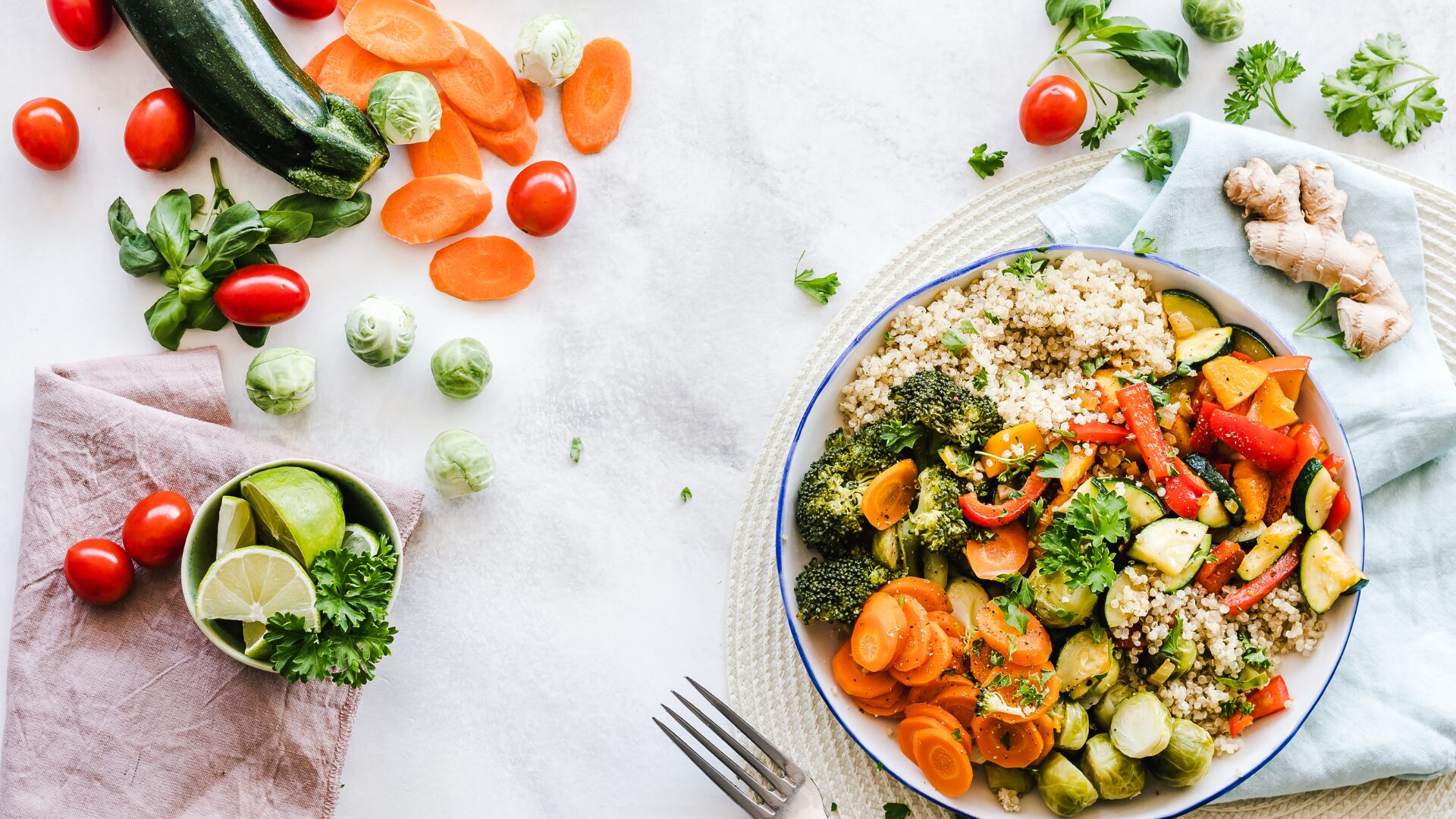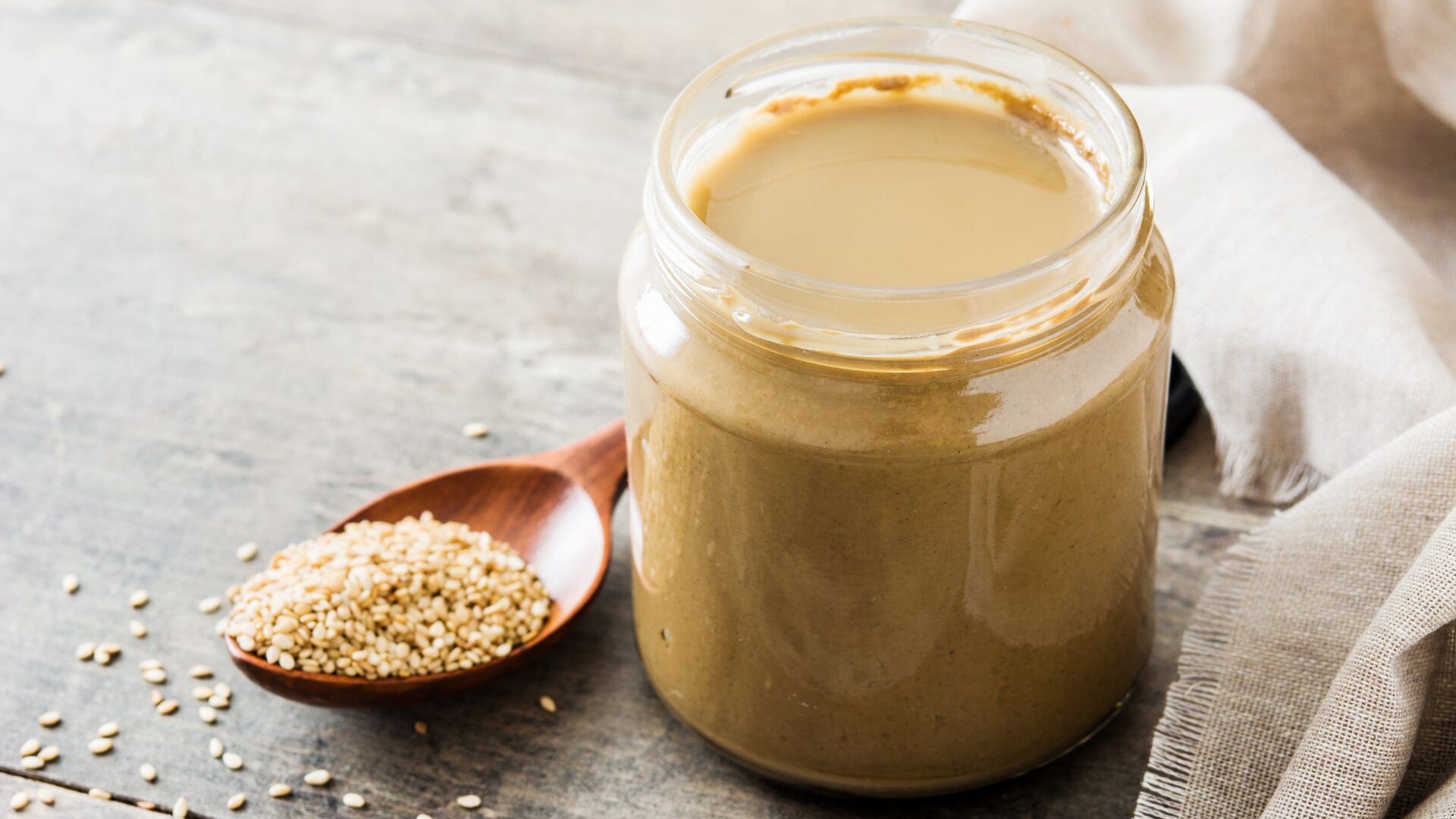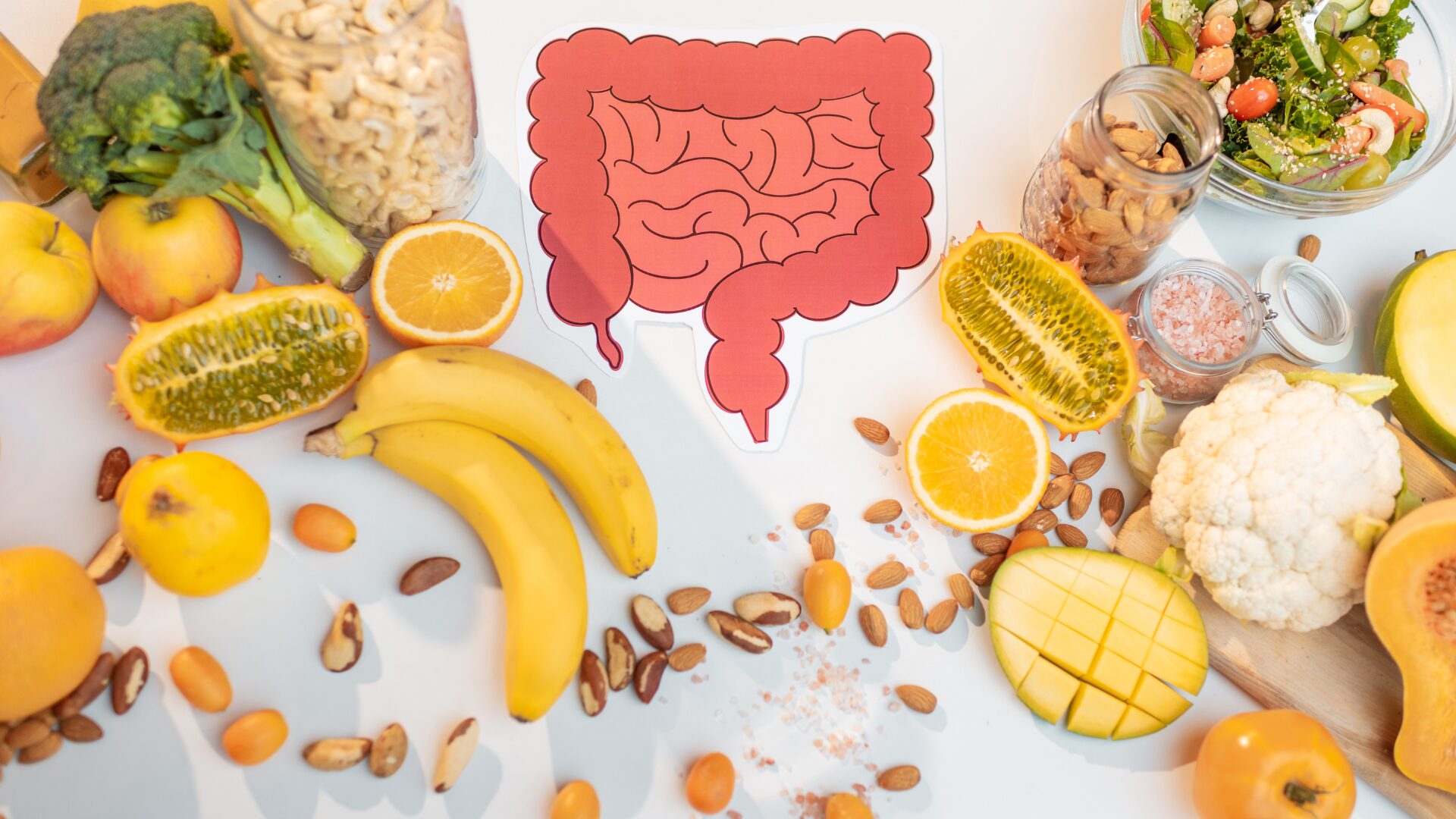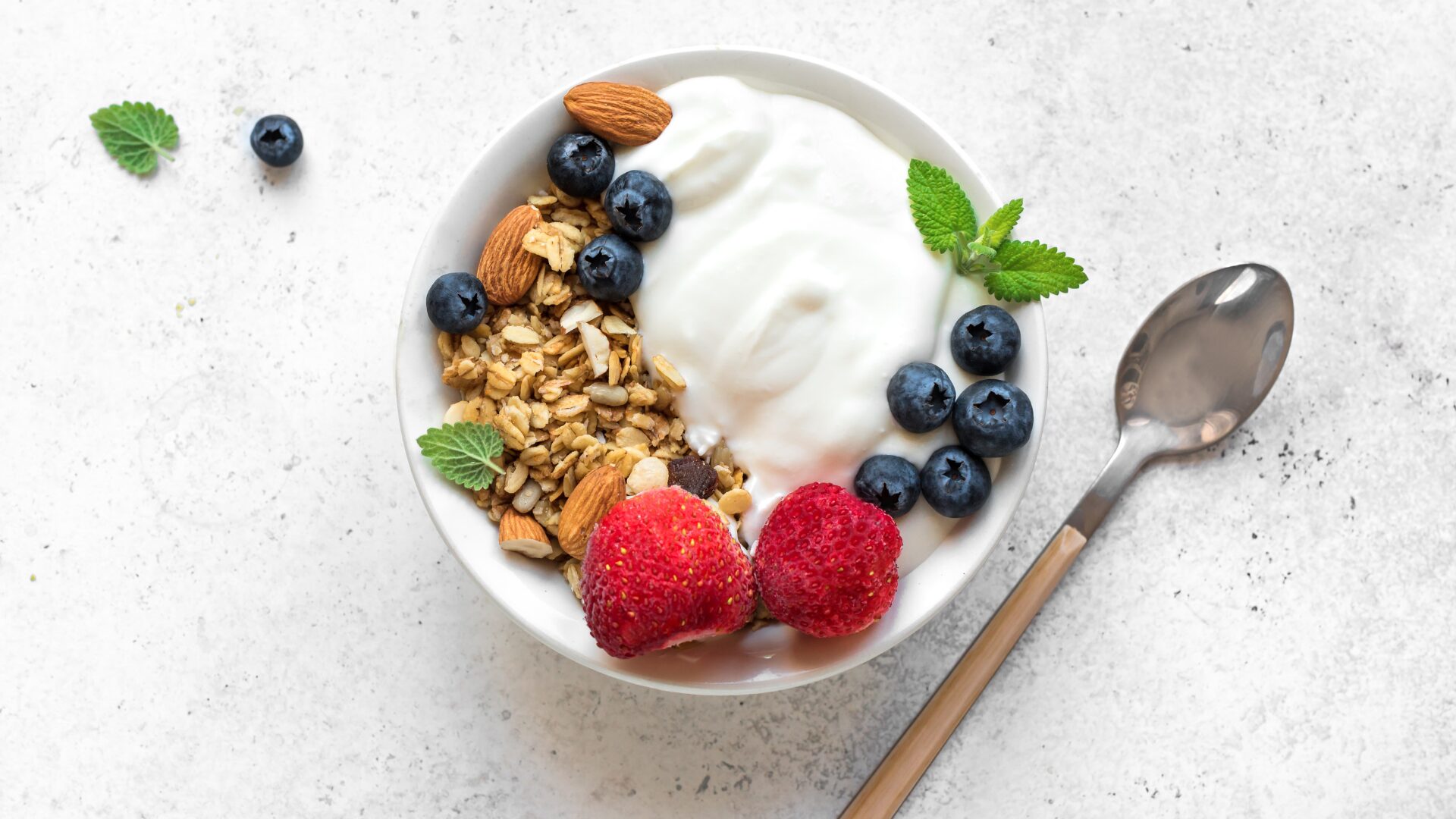Millennials and Generation Z consumers trying to balance work with other activities, along with more singles in homes, are demographics driving a trend toward healthier snacking that is replacing full, sit-down meals, experts say.
Snacking is no longer an indulgence nor an activity to stave off boredom. It is no longer just associated with junk food. Increasingly, it is related to healthy and convenient eating of smaller amounts of food more frequently. Snackers want more nutritional, single-portion foods so they can graze on-the-go instead of sitting down to eat the traditional three big meals.
“What is changing is the way people feel about snacking and what a snack is,” said Kantha Shelke, PhD, senior lecturer at Johns Hopkins University and principal at Corvus Blue, a food science and research firm in Chicago. “Snacks used to be an optional extra. We had a structured life with three meals. Snacking was to keep you going. Now we don’t have three square meals. We have grazing with four to six meals a day.”
Snacks Take on Prominent Role
Some $3.6 billion worth of snacks including granola bars, nuts and seeds, and dried meat were consumed in 2018, up from $3.29 billion in 2015, according to the Grand View Research of San Francisco.
That’s some 386 billion in ready-to-eat snack foods in 2018, according to NPD Research of Port Washington, NY. While those snacks generally are eaten between meals, the instances of snack foods consumed with the main meal, or instead of it, increased by 8% since 2008, said NPD.
“Snacks are taking a more prominent role within meals,” commented Darren Seifer, food and beverage industry analyst at NPD.
But the lines between what a traditional meal is and what a snack is are blurring with changing consumer trends toward eating smaller amounts of food more often.
“Is yogurt at breakfast time a meal or a snack?” asked Seifer.
David Walsh, VP of membership and communications at the Snack Food Association in Alexandria, VA, said Millennials in their late 20s to late 30s and Generation Z consumers in their early 20s are the two generations pushing the line between meals and snacks.
“About 92% of Millennials and Gen Z consumers replace one meal a week with a snack,” said Walsh. “Almost all of them are snacking more often as well. And 7% of them eat only snacks.”
On-the-Go Eating
Driving the change in eating habits is the on-the-go lifestyle of those generations, which value portability and convenience.
Especially popular are healthy snacks that combine multiple types of foods in one package, such as a combination of cheese, fruits, and nuts. One of the highest-growing snack categories is pork rinds, whose sales rose 24.3% to $340 million in the U.S. in the 52 weeks ending June 14, 2019.
“Those sales are being spurred by the preference for low carbohydrates and protein driven by the keto and paleo diets,” said Walsh.
Outstanding Foods recently introduced its own version of the popular snack with its better-for-you PigOut Pigless Pork Rinds. The rinds are baked and feature plant-based protein as well as seasoning to create a pork taste.
Other fast-growing snacks are apple chips, dried fruit chips, dried meat snacks like jerky, dehydrated cheese snacks, and salty snacks like veggie crisps and puffs with lentils. Walsh also mentioned new versions of products like tortilla chips flavored with chia or flax seeds are doing well.
‘Sensible Indulgences’
NPD’s Seifer noted peak times for snacking are at 10 a.m. and 3 p.m., but snacking also is done after breakfast and after 8 p.m. The average person snacked 431 times in 2019, a little more than once a day. That’s up from snacking 410 times in 2008.
Those who snack earlier in the day generally eat healthier snacks, while in the evening they give way to indulgences.
“Consumers don’t want a pure health play,” he said. “They want dark chocolate-covered nuts that have protein. They want to feel like they have indulged. We call it ‘sensible indulgence.’”
The average consumer still eats potato chips 76 times a year and cookies 57 times a year, according to Seifer.
“There’s always going to be an emphasis on healthy foods,” he said. “But what is considered healthy by consumers will change, like the low-fat trend, low carbohydrates, more protein, and functional foods like turmeric for inflammation.”
Additionally, Dr. Shelke mentioned more big food brands are debuting with smaller versions of their meals, a trend she calls “snackification.”
“Companies are trying to make products so consumers don’t feel guilty,” she said. “Healthy snacks are here to stay.”
Snacking for Kids
Supermarkets, including Hannaford and Wegmans, are also joining the healthy snack trend with their own fresh foods.
Hannaford started selling Snack Pals healthy snacks for children in Aug. 2019. The aim was to make nutritional snacks that also are fun to eat like “ants on a log”—a combination of celery and peanut butter topped with raisins.
“There’s a strong component of fruits and vegetables on a plate, but the snacks also are fun so the kids can have an emotional connection to them,” said Sue Tiff, manager of Hannaford’s Healthy Living program. She is based in Scarborough, ME, the supermarket chain’s headquarters. Hannaford has 182 supermarkets in Maine, Massachusetts, New York, New Hampshire, and Vermont, and is owned by Ahold Delhaize of The Netherlands.
“We worked with our internal business partners and our team of dieticians to create Snack Pals,” said Tiff. Nineteen different packs were created by the 30-plus dieticians in 60 Hannaford stores. The Snack Pals are sold in all 182 Hannaford supermarkets.
The Snack Pals are primarily focused on fruits and vegetables, but some contain hummus that have protein.
While parents generally buy the packs for their young children, Tiff also notices adults picking up the Snack Pals for themselves.
“Snack Pals are designed to meet customer needs for freshness, convenience, and healthy options,” she said. “Our youngest shoppers have fun with a very serious topic and that takes the burden off parents who often have to play the villain.”
Tiff said the supermarket chain is still educating consumers about healthier choices for snacks, and sales are “exceeding expectations,” though she would not give a specific sales amount.
Snack Pals trucks visited some of Hannaford’s supermarkets in 2019, offering samples and games to incorporate fun into healthy eating. Hannaford plans to expand the visits in 2020 to more supermarkets and schools.
The supermarket is spreading the healthy snacks theme throughout its stores by offering baskets in the produce section where children can get free clementines, bananas, and apples.
Separately, Hannaford has a private brand, Nature’s Promise, which it plans to expand as early as April with different sizes and assortments of foods, including protein bars.









